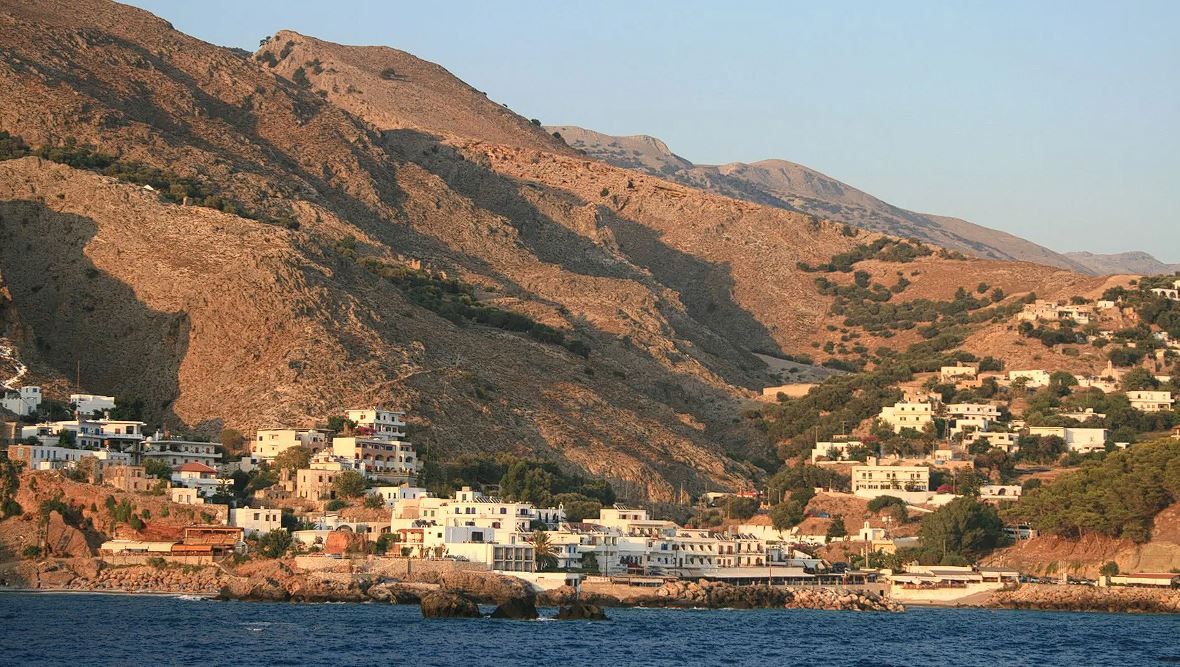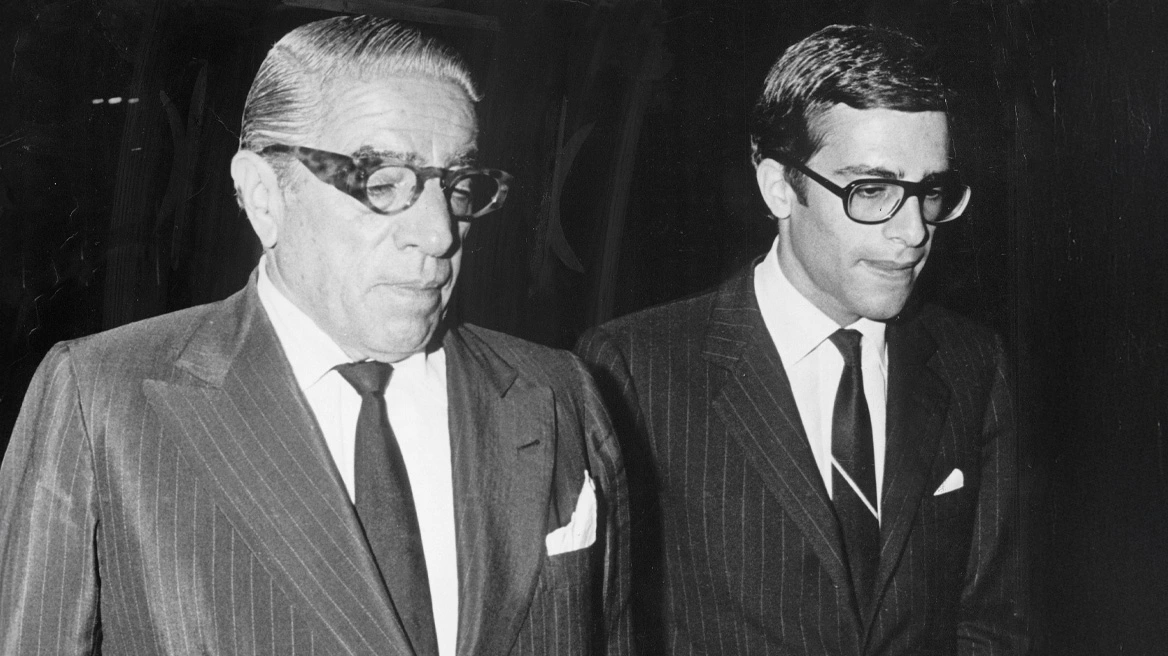As pretty as Chania is, and it is certainly a looker, the wider region of western Crete is a beautiful landscape, often unspoiled. Wild and rugged, the interior is overshadowed by the White Mountains and towns and villages tend to cling to the coast. Before tourism, agriculture was the main industry and fruit and olive orchards carpeted the fertile plateaus between the mighty canyons. On the south coast, Paleochora is the only town that could be described as a resort and it is still on a human scale. Elsewhere Ayio Roumeli and Loutro can only be approached by boat or on foot, and Hora Sfakion sees many passing through but few staying. The famous beaches at Balos, Elafonisi, Falassarna and Frangokastello are generally only visited as day trips.
Hora Sfakion
Capital of the remote and mountainous region of Sfakia, it lies on the south coast near the exit of Imbros gorge. It has two small harbours which serve the southern beaches and return the Samaria gorge hikers to buses that will take them back to the north. Famous as a centre of resistance to the Venetian and Ottoman occupiers, today it presents a more friendly face with several beaches nearby and plentiful hiking trails.
Agia Triada
At the northeastern corner of the Akrotiri headland, Ayia Triada, Holy Trinity, has extensive land holdings. The olive groves that surround and finance the monastery yield excellent oils and the shop is stocked with some of the finest the island has to offer. Founded in 1611, the monastery is a calming place to explore, following the flower-filled cloisters and visiting the ornate chapel. A handful of monks remain, manning the museum and working in the vineyards that produce award winning wines.
more at travel.gr
Ask me anything
Explore related questions





